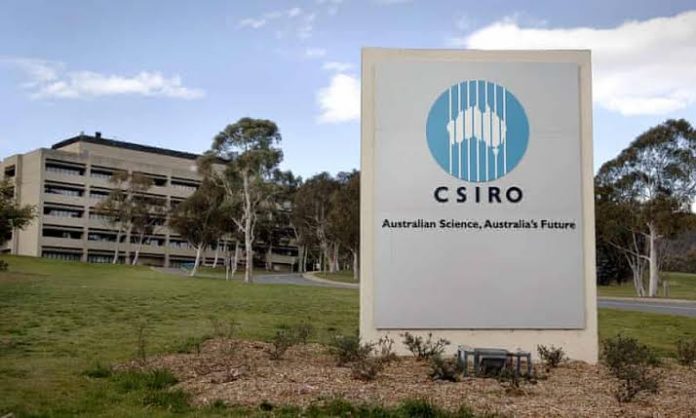The solution to be developed by the space communications start-up will be underpinned by CSIRO’s phased array technology
Commonwealth Scientific and Industrial Research Organisation (CSIRO) have teamed up with Vocus, Main Sequence, the Office of the NSW Chief Scientist and Engineering, Fleet Space Technologies, Saber Astronautics, and Celarbox Systems to help launch space communications start-up – Quasar.
Larry Marshall chief of CSIRO boasted, to allow ground stations to talk to hundreds of satellites simultaneously and access data from satellites in low, medium, and geostationary orbit, the space communications start-up will develop an “as-a-service” solution.
The solution to be developed by the space communications start-up will be underpinned by CSIRO’s phased array technology, which the organisation developed for its radio telescopes, including its own WA-based Australian Square kilometre Array Pathfinder (ASKAP) telescope.
“CSIRO’s phased array technology revolutionised radio astronomy by enabling ASKAP to see enormous portions of the sky at once – about 30 times the area that conventional telescopes could see”, said Ilana Feain, founding director of the space communications start-up – Quasar and commercialisation specialist at CSIRO.
“I’m excited to see the next evolution of this technology empower satellite businesses and their downstream industries”.
As more satellites are launched to support a growing demand for satellite data in applications such as bushfire and flood monitoring and connecting Internet of Things networks, the solution will be designed to help overcome congestion, which is expected to rise over the next decade.
“Space is the highway of the stars, but current ground station technology is the equivalent of one-lane on-ramps”, said Phil Ridley, CEO of the space communications start-up.
“By making it possible to communicate with hundreds of satellites simultaneously, we’ll be able to ensure the thousands of satellites launching over the next decade have a way to call home efficiently”.
Also read:Robots becoming an important part of the marketing industry
Do Follow: CIO News LinkedIn Account | CIO News Facebook | CIO News Youtube | CIO News Twitter






